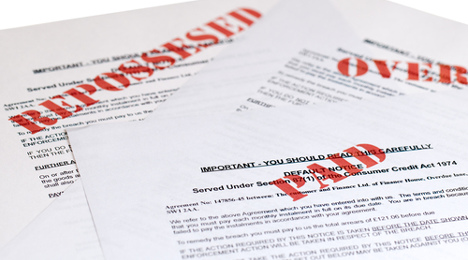S&P/Experian: Auto Loan Defaults Tick Up Marginally in September

The auto loan default rate reading that’s part of the S&P/Experian Consumer Credit Default Indices climbed in September, marking the fourth time in the past five months it has ticked up slightly on a sequential basis. But analysts also pointed out that September’s reading is just 9 basis points higher than the all-time low registered back in April.
The September auto default level came in at 1.01 percent, which also is 14 basis points lower than a year earlier.
Meanwhile, the national composite rate — what S&P Dow Jones Indices and Experian indicated is a comprehensive measure of changes in consumer credit defaults — stood at 1.04 percent in September, up three basis points from July historical low.
Like the auto loan reading, the national composite rate is well below year-ago levels as the mark in September of last year was 1.38 percent.
Elsewhere, analysts indicated the first mortgage default rate rose for the second consecutive month, leaving the September reading at 0.93 percent. The second mortgage default rate rose one basis point to 0.52 percent, which was its first increase since April.
Analysts added the bank card rate decreased for the third consecutive month, declining by 10 basis points to 2.63 percent.
“Default rates for bank cards reversed an increase seen in the first half of 2014 while defaults on first mortgages and auto loans appear to have bottomed out over the summer. However, none of these movements are very large,” said David Blitzer, managing director and chairman of the index committee for S&P Dow Jones Indices.
“Despite their slight increase, default rates are still near the lows seen before the 2007-2009 recession and financial crisis,” Blitzer said.
Looking at the largest five metropolitan areas S&P and Experian track for this monthly report, Chicago, Dallas, New York and Miami all reported rate decreases.
In fact, Miami recorded a default rate of 1.21 percent, its lowest rate since June 2006. New York registered a default rate of 1.05 percent, the lowest for the Big Apple since September 2005.
Conversely, Blitzer noted Los Angeles had a rate increase for the second consecutive month, coming in at 0.77 percent. That reading is up 11 basis points from the historical low for the City of Angels recorded in July.
“All five cities — Chicago, Dallas, Los Angeles, Miami and New York — remain below default rates seen a year ago,” Blitzer said.
Jointly developed by S&P Indices and Experian, Blitzer reiterated the S&P/Experian Consumer Credit Default Indices are published monthly with the intent to accurately track the default experience of consumer balances in four key loan categories: auto, bankcard, first mortgage lien and second mortgage lien.
The indices are calculated based on data extracted from Experian’s consumer credit database. This database is populated with individual consumer loan and payment data submitted by lenders to Experian every month.
Experian’s base of data contributors includes leading banks and mortgage companies and covers approximately $11 trillion in outstanding loans sourced from 11,500 lenders.

 View The Latest Edition
View The Latest Edition

